The biggest changes to Batman in his 80+ year history
The biggest ways Batman's life has undergone major changes
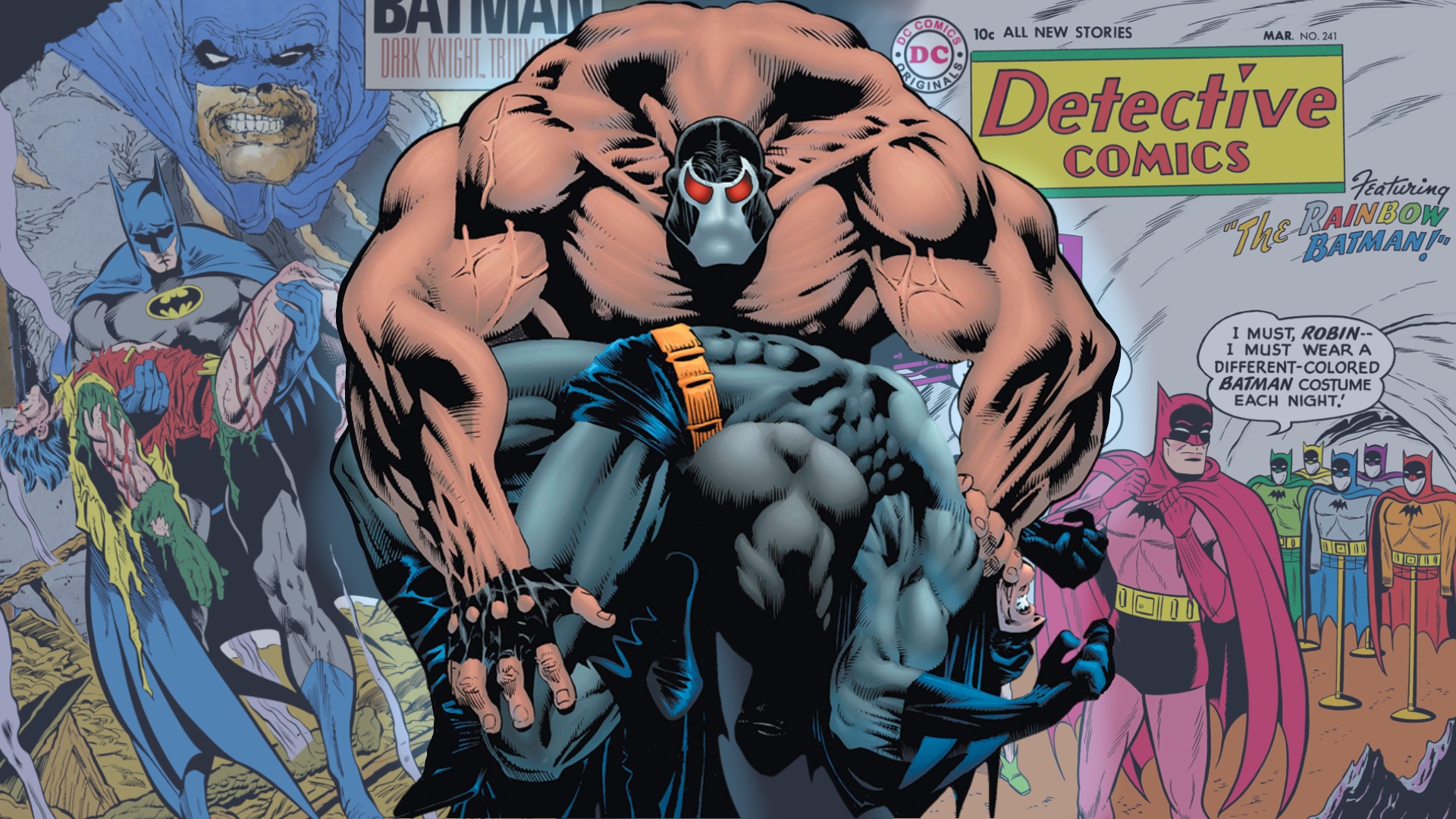
If there is one constant in the world of Batman, it's change.
Batman as a superhero, as a civilian, as a mentor and father figure, and as DC's flagship hero and most reliable sales draw is always evolving, and lately he's evolving more than ever.
Writer James Tynion IV recently and somewhat surprisingly announced his November departure from the main Batman ongoing series. He'll be replaced, albeit maybe only temporarily, by Joshua Williamson, and we have a hypothesis as to who might be lined up to become the next regular Batman writer.
And on the story front, Williamson's four-issue story arc will find Batman/Bruce leaving Gotham City following the events of the 'Fear State' event storyline, and if that story development lasts any length of time it has to potential to be one of the most significant changes in Batman's history...
...as significant as what Newsarama identifies as the biggest status quo changes in Batman's 80-plus year history.
His origin
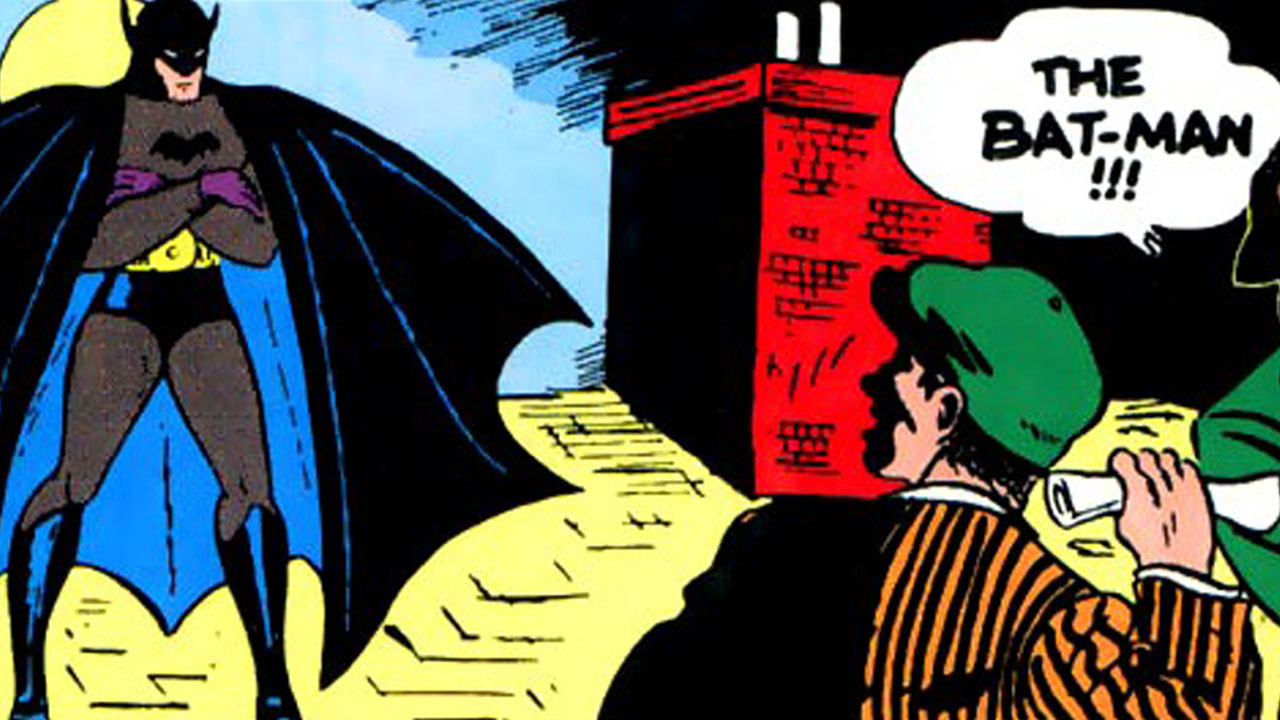
You think you know Batman? No one knew the truth behind Batman for the first few months of his debut.
Although he debuted in 1939's Detective Comics #27, his origin wasn't revealed until Detective Comics #33, in a brief two-page short at the beginning of the issue. Until then, Batman, or "Bat-Man" as his name was initially written, was known only to be the alter ego of a wealthy Gotham playboy whom James Gordon actually called "boring."
Get the best comic news, insights, opinions, analysis and more!
Although this late introduction of the character's origin could just be part of the plan for the character since the beginning, for those reading it at the time it might have seemed like an out-of-the-blue revelation similar to the expose of Wolverine's humble begins in Origin.
Batman doesn't stick to his guns

1940's Batman #1 was a pivotal issue for the character and the franchise for many years. The most obvious one is that it's the first issue of the series that carries Batman's own name, but it also served as the debut for two of his most popular characters – the Joker and Catwoman. But with those three additions, there was one major subtraction that many Bat-fans overlook: DC took away his guns.
Up until that point, Batman was a proficient and prolific user of guns, using them to kill enemies and also threaten whoever wasn't on his side. According to Les Daniels in his book Batman: The Complete History, in late 1939 then-new editorial director Whitney Ellsworth nixed Bob Kane's depiction of Batman using guns to kill people which soon became an edict for all Batman stories.
There have been some rare instances where Batman has used a gun, but by and large this editorial edict has turned into an in-story facet of the character, with Batman decrying the use of guns due to his parents having been killed by one. That facet has been used for and against Batman, both in general with his reluctance to kill villains but also specifically when being pushed to his limits and considering using a gun despite his well-stated aversion.
Along came Robin
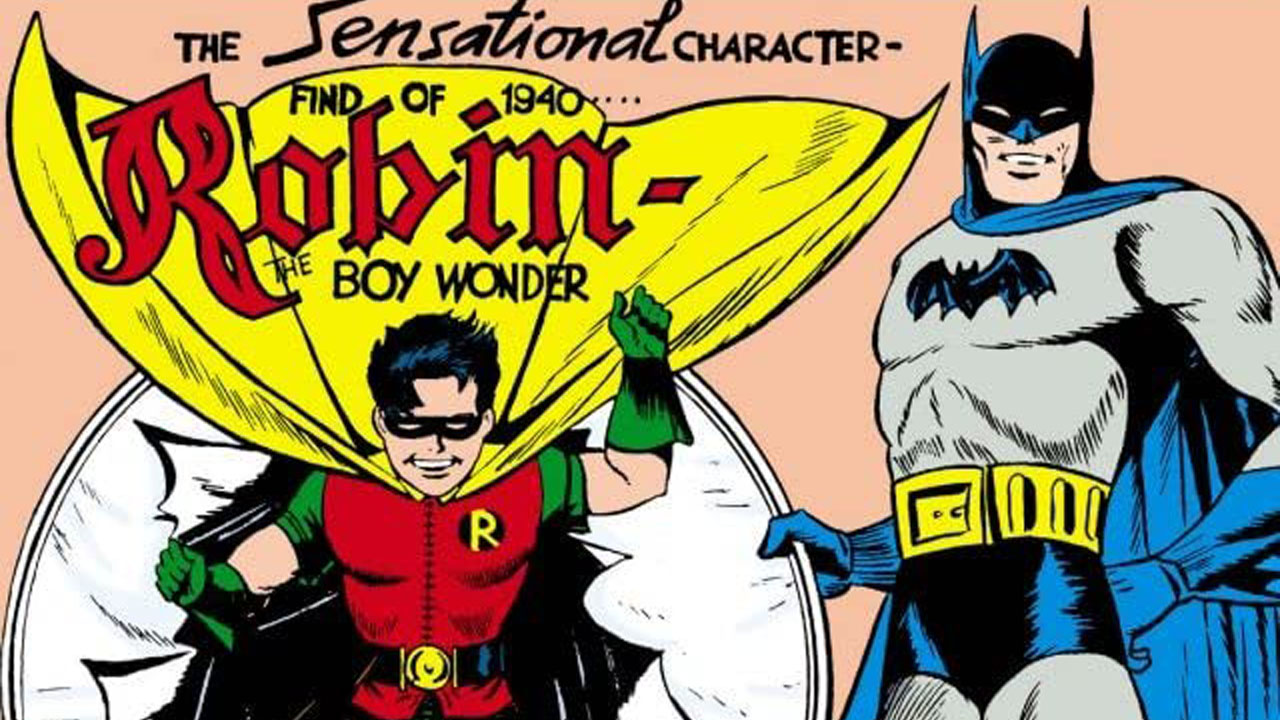
In the cast of superheroes DC was building in the late '30s, Batman was undeniably one of its darkest – and sometimes you need some light.
In 1940's Detective Comics #38, Bob Kane and Bill Finger created a sidekick in the vein of Sherlock Holmes' Watson but with a youthful flair with the colorful teen hero Robin. Based visually on N.C. Wyeth's illustrations of Robin Hood, Robin was created to act as a counterpoint to Batman and also serve as someone the Dark Knight could confide in and have a dialogue with in a way that readers could read without Batman talking to himself.
At first, the introduction of a secondary character like Robin might not seem like a dramatic change for Batman, but it opened the doors to many different kinds of stories that could be told – as well as opening the way for Batman's role as a father figure and respectable adult for this budding youth.
Imagine how the introduction of a youthful sidekick to Wolverine in his first year might have changed him, or how the absence of Robin would have colored – or darkened – his adventures, especially in the years of the '60s Batman television series and on through today and the numerous Robins.
Silver Age sci-fi

After the commercial tidal wave of sales during World War II, the superhero genre experienced a severe downturn that washed away many heroes – many heroes except Batman. With general interest in superheroes waning in the '50s and the crime genre being effectively blacklisted thanks to Fredric Wertham and the advent of the Comics Code Authority, DC pushed Batman and his various titles away from the noir/crime it had been known for into science fiction elements.
New characters that break the bonds of reality like Ace the Bat-Hound and Bat-Mite were introduced, and much like DC's other primary hero Superman, Batman experienced numerous encounters with aliens, alternate dimensions, and more.
Decades before Chris Claremont and John Byrne would define time-travel superhero stories in Uncanny X-Men's 'Days Of Future Past' storyline, the story 'The Batman of Tomorrow' saw a Batman from the future travel back in time to help his '50s counterpart and also take time to pull one over on his then-current girlfriend Vicki Vale.
Also, Bat-Mite.
Biff! Pow! Batman
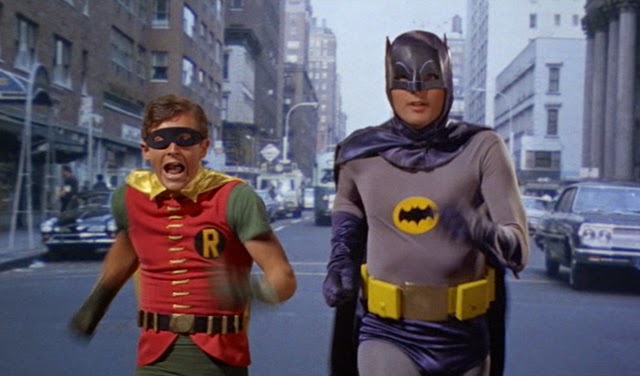
The thought of DC killing off the Batman franchise sounds like crazy talk, but according to co-creator Bob Kane, that's what DC was thinking in 1964.
As a last-ditch effort to resuscitate the Dark Knight, DC gave over the Bat-titles to editor Julius Schwartz after his success in re-launching the Flash and Green Lantern. Schwartz's plans were pretty drastic – out went the more children-oriented concepts like Ace the Bat-hound and Bat-Mite, and in came more contemporary work with a redesigned costume, Batmobile, and artist Carmine Infantino. Schwartz wasn't without some missteps such as the killing of Alfred and his replacement by a heretofore-unknown Wayne relative named Aunt Harriet.
Two years later, ABC launched the fondly remembered Batman television series which dramatically colored the way the character and his ensemble cast were seen by the comics public and cemented the big shift Schwartz had started. Actor Adam West and staff perpetuated a more campy and gregarious Batman that relied more on the comedic aspects of the comic book hero than the darker roots of his origin.
The unbridled success of the Batman television show pushed the comic books to veer even further down the campy route, which ended up causing problems once the television series was canceled in 1968.
The show and its take have seen a renaissance in the last few years, however, with the launch of the comic book series Batman '66 a few years back, and the release of the entire series on Blu-ray in 2014.
O'Neil and Adams bring 'Dark' back to the Knight
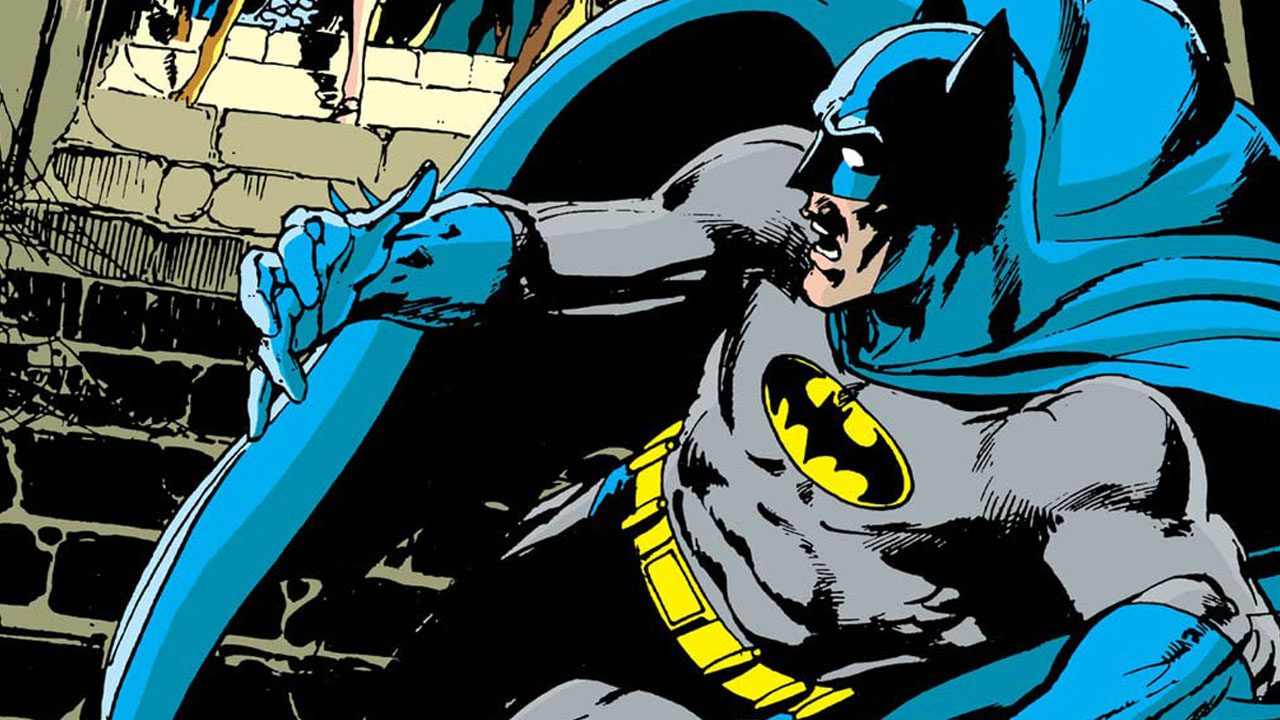
The success of the 1966-8 Batman television series brought Batman and his cast into the hearts and homes of the mainstream public like comic books never could. But in the wake of that show's demise, the comic books – which had been steered down the campy path as well – were caught on the downward slope.
In 1969 artist Neal Adams and writer Dennis O'Neil looked back to the early days of Batman comics for what they saw as Batman's future. Gone were the colorful aesthetics, and in were the murky blacks, blues, and purples as O'Neil and Adams debuted their new take in 1970's Detective Comics #395.
Under their watch and those that came after, Bruce Wayne was a dark and broody figure that was the flipside of the All-American hero in Superman. Although both were heroes, Batman's stories during this time pushed it towards a more street-level vigilante flavor.
O'Neil and Adams' take on the character was well-received by fans, and the missing piece of the puzzle came in 1973 when the duo revived a rarely used villain from the Dark Knight's rogues gallery named the Joker.
Despite being prominently featured in the '60s Batman television series, the Joker was essentially a shadow of who he would become. In Batman #251, Joker returned to comic books after a four-year hiatus and was quickly turned from a comedic non-threatening foe into a murderous maniac and twisted mirror image of who Batman was. Fans jumped at this new take on the Joker, leading DC to launch a rarely-done solo series for a villain with the Joker series in 1975.
Due to constraints placed on DC by the Comics Code Authority, they weren't able to fully capitalize on a series featuring a villain and ended the series after nine issues.
Zero Hour
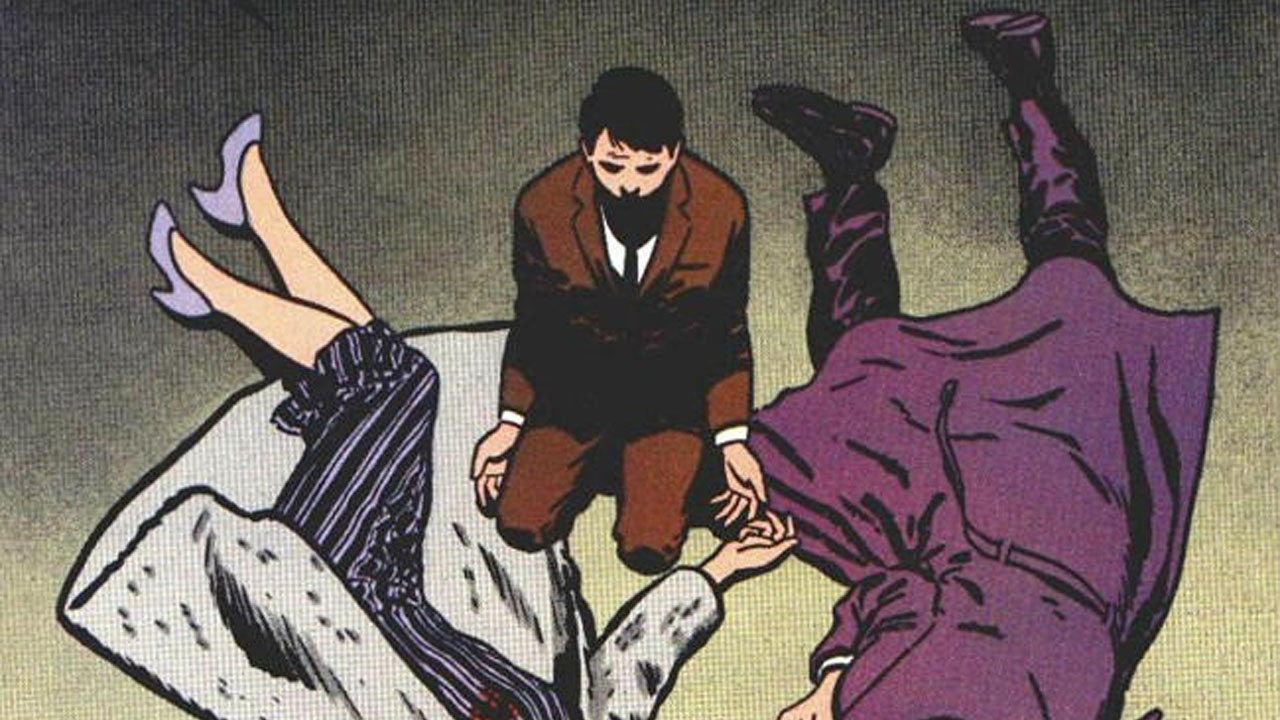
After the success of 1985's Crisis On Infinite Earths in reconciling DC's parallel universes, the New York-based publisher thought they'd do a second round of spring cleaning; this time with their timelines in the 1994 event series Zero Hour. While the plot of Zero Hour could fill up a whole separate article, what was important in terms of Batman was two major retcons.
The first and most memorable was that the events of Zero Hour made it so the murderer of Bruce Wayne's parents was not Joe Chill; in fact, their murderer was never captured. While this opened the door to fuel Batman's eternal quest as a crime-fighter, it was a major change to the bedrock of Batman's origin that still strikes the older fan to this day.
Since then, DC has gone back and forth about naming the Waynes' murderer and in 'The New 52' went back to Joe Chill being the killer, with an 18-year-old Bruce tracking him down but ultimately letting him live.
The second radical change coming out of Zero Hour was the dissolution of the long-standing awareness that Gotham City and the world inside DC Comics had for Batman. Up until that point, Batman was a known commodity in the DCU – even an honorary member of the Gotham Police Department.
After Zero Hour, Batman was changed to be thought of as an urban legend by the world at large and stoked the fires for a more adversarial relationship with the authorities after that.
The death(s) of Robin(s)
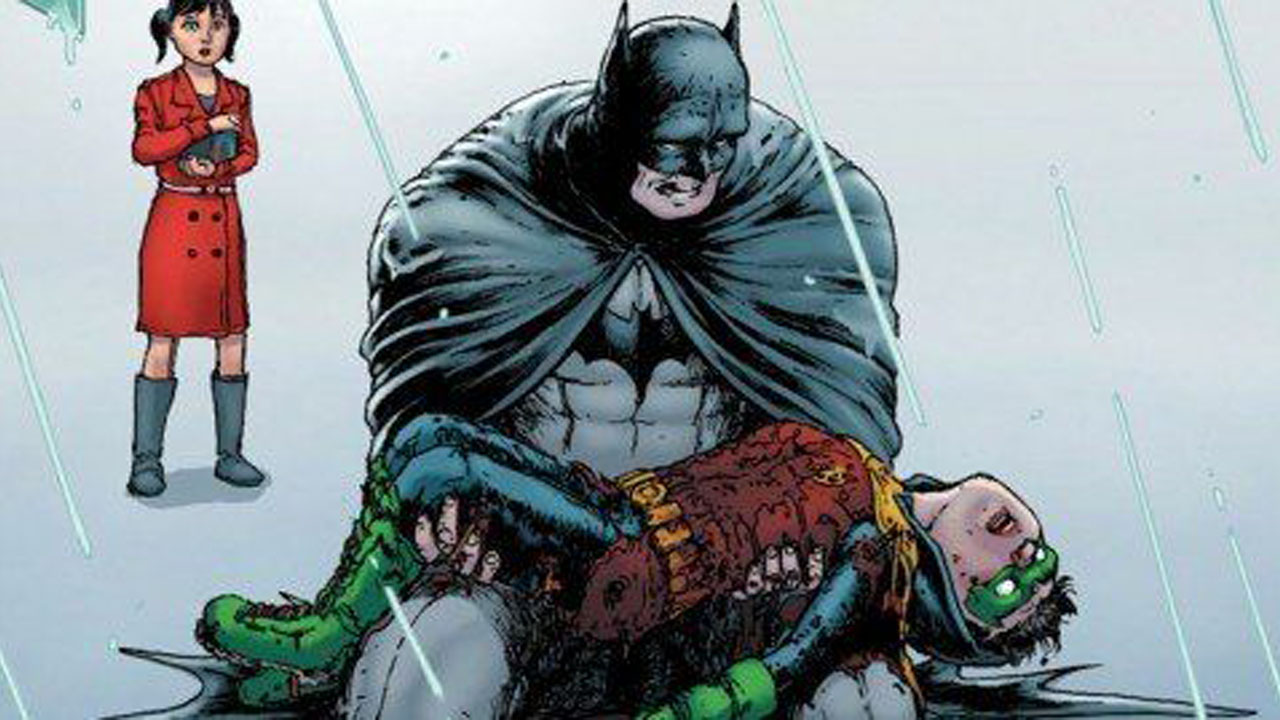
In DC's primary continuity there have been five different individuals who have worn the mantle of Robin, sidekick to Batman. And being the younger charge of a highly-competent crime fighter, those Robins are frequently put in peril as the hostage of hero-in-distress for Batman to save.
But no matter how good Batman is, he can't always save the day.
In 1988's A Death In The Family, the second Robin – Jason Todd – was struck down by the Joker. In 2004, the short-lived female Robin – Stephanie Brown – was stripped of her title and killed by the Black Mask in Batman: War Games. But the most recent – and arguably the most pivotal – has been the death of Damian Wayne, Batman's own son, as Robin in Batman, Incorporated #8.
Yes, DC brought Damian Wayne back, but the death still hit Batman to his core.
And yes, Stephanie returned too, with the publisher revealing she never actually died.
In each case, the Robins were accepted by Batman as family, and given the own loss of his parents at a young age Batman feels the deaths of these children under his watch even more radical than under normal circumstances. The introduction of Robin carved a more youthful and exuberant light into the Batman mythos, so the idea of taking that from him could conceivably make the character darker than he was before he ever had a Robin by his side.
Knightfall
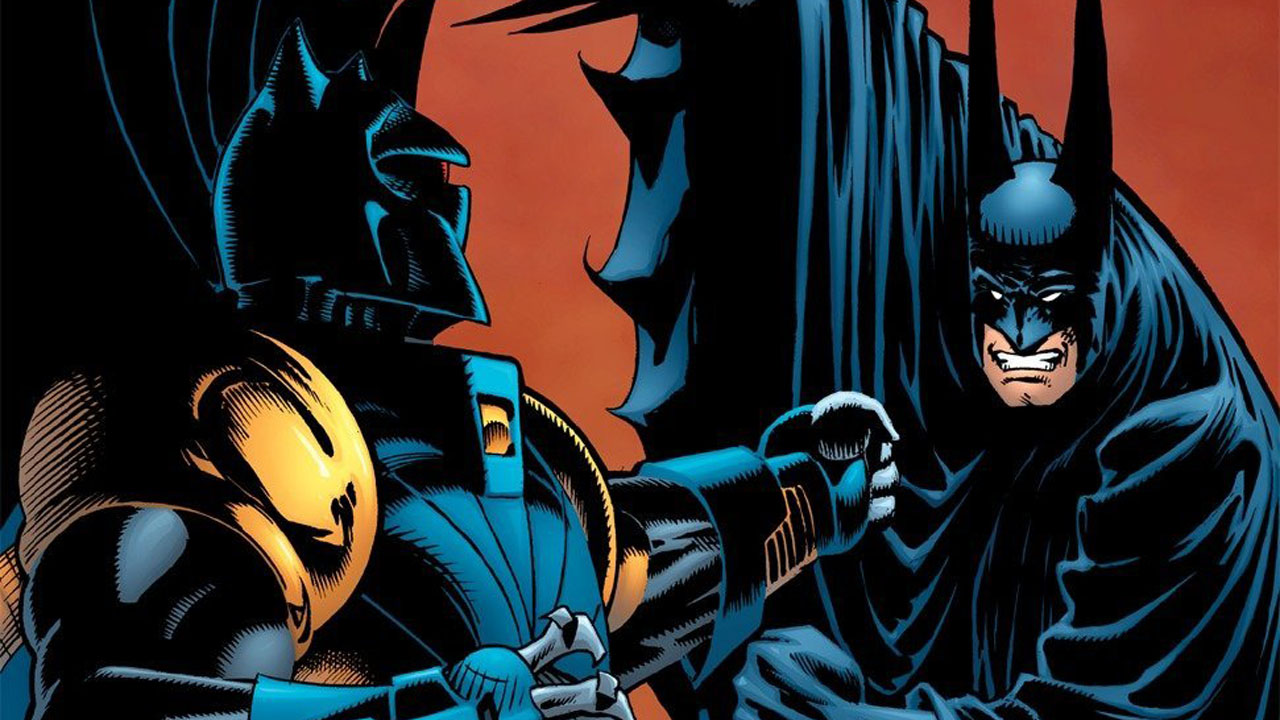
The early '90s were an era of big changes in the comics industry; Fans were witnessing the revolt of Marvel's top artists to start a new company, the death of comic books' biggest hero Superman, and then comes the breaking of Batman.
Although a story revolving around the apparent death of Batman wouldn't come until years later, the career-ending back injury Batman suffers at the hands of new villain Bane in the story 'Knightfall' would go on to change the character in a number of ways as Wayne was forced to give up his mantle as Batman and sit on the sidelines while others fight in his stead.
It all started in 1993 with the introduction of a steroid-induced villain named Bane who was out to get Batman. And Wayne, on the verge of a burnout on his own, gets caught by Bane and is turned into a paraplegic on the floor of the Batcave.
With Bane running wild in the Gotham underworld, Wayne looks out and picks a relatively unknown hero named Azrael to take his place – against the advice of Tim Drake who argues for Dick Grayson to take up the mantle. Azrael takes up the cape and cowl of Batman but ultimately fails to live up to the legacy of Bruce Wayne.
After months away, Wayne eventually returns after a grueling rehabilitation and faces down with the new Batman to ultimately reclaim the mantle.
Although the year-long storyline was derided by some as bloated, looking back the core elements remain a sound as the foundation Wayne Manor is built on and continue to play a role in current storylines – if not physically, then thematically and emotionally.
History repeated itself in 2015 when Batman spent an extended period living solely as Bruce Wayne thanks to a climactic battle with the Joker, while Commissioner Gordon served as Batman - while Bane was a major player in Tom King's 85-issue Batman run.
Frank Miller rises
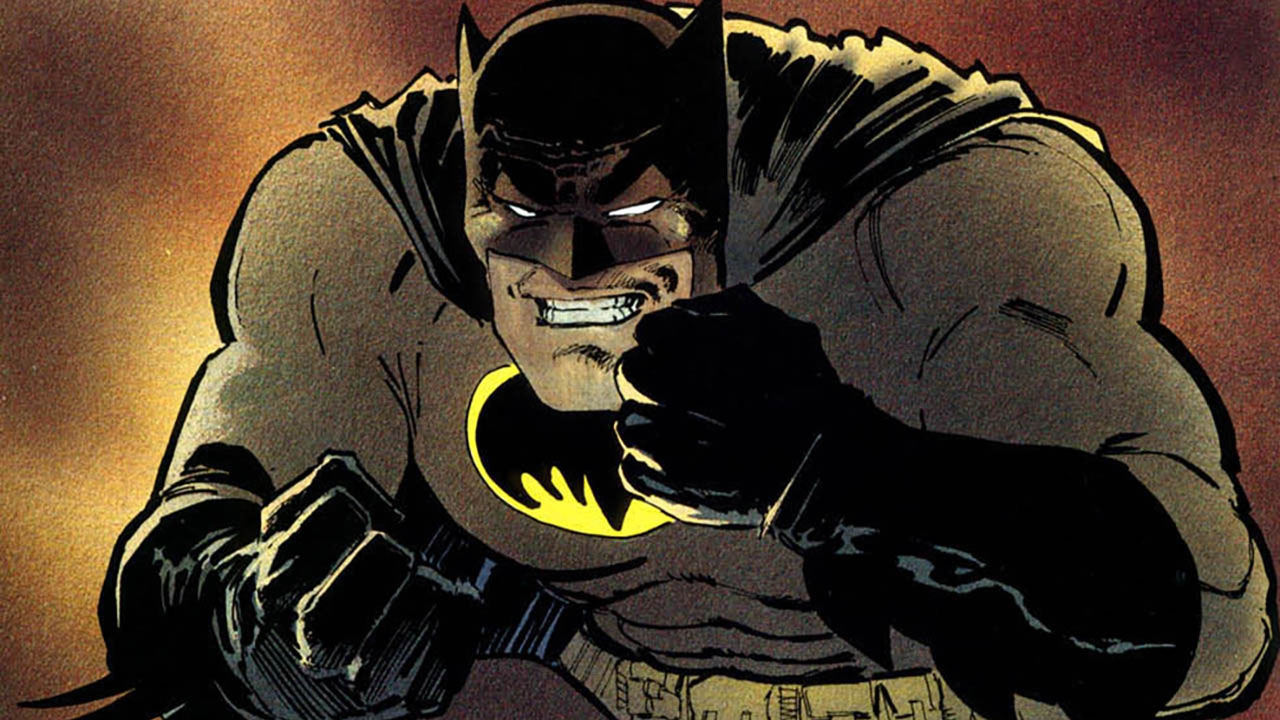
For most characters, it's their creators that play the biggest part in their history. And while the contributions of Bob Kane and Bill Finger to the Batman mythos can't be diminished, many would argue that the work of Frank Miller in the '80s fundamentally changed and honed the way Batman is thought of to this day.
Beginning with 1986's Batman: The Dark Knight Returns and going through to Batman: Year One two years later, writer/artist Frank Miller took both the burning fires and embers of all of the creators who did Batman before him to boil him down to his essence. In the former, Miller's transportation of Batman 30+ years in the future showing a grizzled and greying Bruce Wayne only worked to highlight what made Batman a quintessential character in comics and in fiction.
At the same time, incoming Batman editor Dennis O'Neil reached out to Miller to lead off a new era for the Dark Knight in DC's main continuity, beginning with the bold redefinition in the 'Year One' storyline in Batman.
Together, these two works by Miller have served as the proverbial bibles for most all of the Batman adaptations in television and film. Director Christopher Nolan specifically noted these two works by names as influences on his trilogy of Batman films, and the current string of successful Arkham games owe much what Miller laid down in the 1980s. And Zack Snyder's Batman v Superman: Dawn of Justice channeled some specific elements of Miller's history.
MIller's version of Batman continues to appear in comics books, with a one-shot titled The Dark Knight Returns: The Golden Child the last story set in that continuity.
Bat-expansion

In more recent years there have been a few significant changes in Batman's life, although the long-term effects remain to be seen.
Recently, he's lost his billionaire fortune as part of the Joker War saga and can no longer rely on an endless bank account to fund new crimefighting technology and an endless supply of Batmobiles.
The emergence of the Thomas Wayne Batman (from the Flashpoint reality in which Bruce and Martha were killed in Crime Alley and Bruce's father Thomas becomes Batman) has played out more recently in DC events books like Infinite Frontier than the regular Batman titles.
And just as a version of his biological father came on the scene, Batman lost his father figure.
Alfred, whose profile as a key figure has only risen the last 10 to 15 years was killed in 2019's City of Bane storyline (a storyline that did feature Flashpoint Batman), although the finale of 2020's Dark Nights: Death Metal has given writers an easy path to bring him back sooner than later.
Batman's romance with Catwoman in the pages of Tom King's run that nearly ended their marriage has deeply affected him, but that storyline is playing out more in King's alternative reality title Batman/Catwoman.
But that said, the latter two losses have seen to be meta-factors in Bruce embracing the extended Bat-family of characters at a level never seen before. Harley Quinn has recently been accepted into the family, Bruce and Jason Todd seem to be on a path to mending their often turbulent relationship and new characters like the Signal and Ghost-Maker have emerged.
And that's not even mentioning the DCU's other new Batman.
All of these characters have contributed to what's really the biggest change to Batman in the last couple of years, which is something of a meta change.
While he's been DC's most popular, flagship character for a few decades now, titles starring Batman and the Batman family of supporting characters dominate DC publishing line like never before.
And that big change shows no signs of abating anytime soon.
Keep apprised of what's to come from the new Batman comic books, graphic novels, and collections on their way from DC.
Chris Arrant covered comic book news for Newsarama from 2003 to 2022 (and as editor/senior editor from 2015 to 2022) and has also written for USA Today, Life, Entertainment Weekly, Publisher's Weekly, Marvel Entertainment, TOKYOPOP, AdHouse Books, Cartoon Brew, Bleeding Cool, Comic Shop News, and CBR. He is the author of the book Modern: Masters Cliff Chiang, co-authored Art of Spider-Man Classic, and contributed to Dark Horse/Bedside Press' anthology Pros and (Comic) Cons. He has acted as a judge for the Will Eisner Comic Industry Awards, the Harvey Awards, and the Stan Lee Awards. Chris is a member of the American Library Association's Graphic Novel & Comics Round Table. (He/him)



